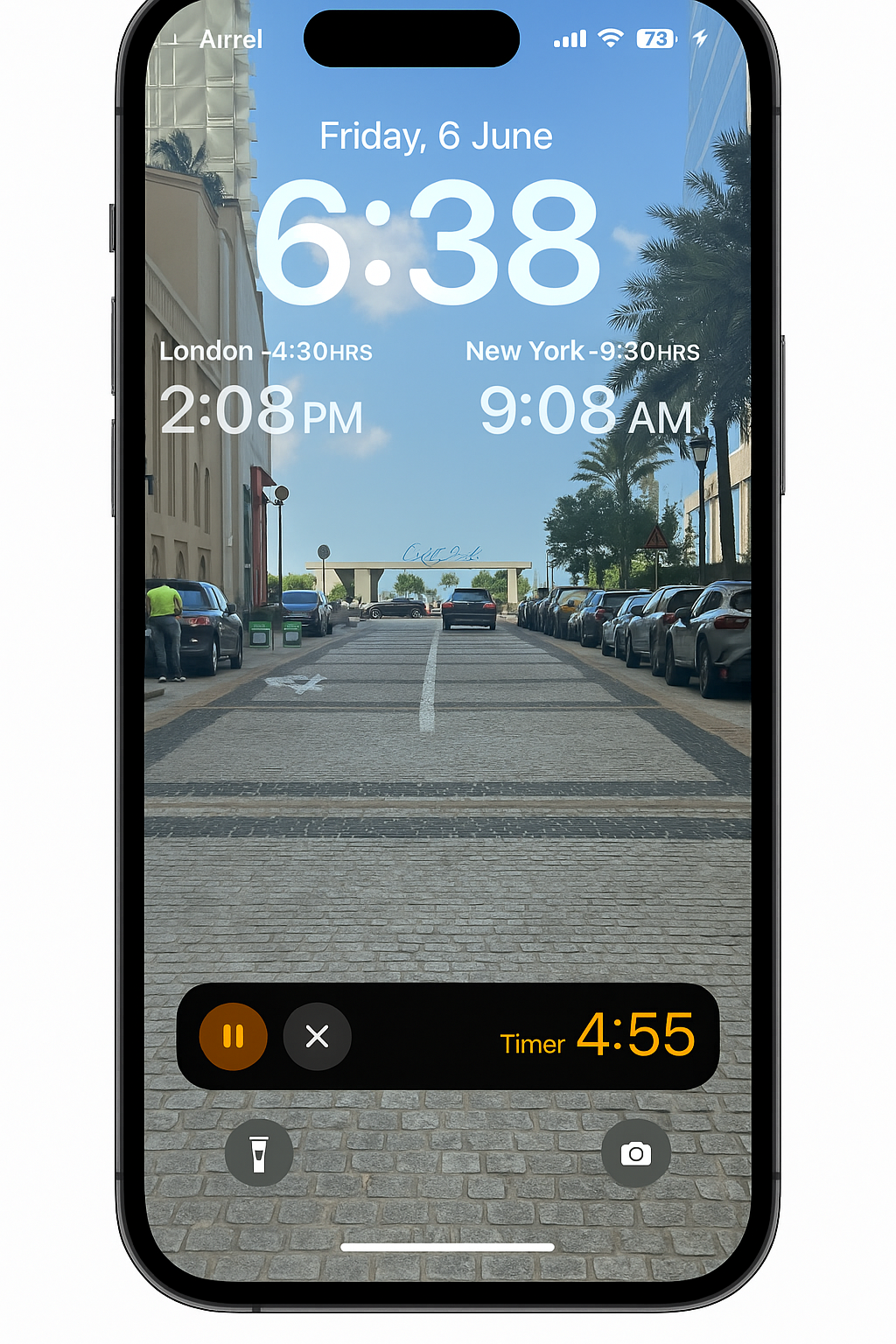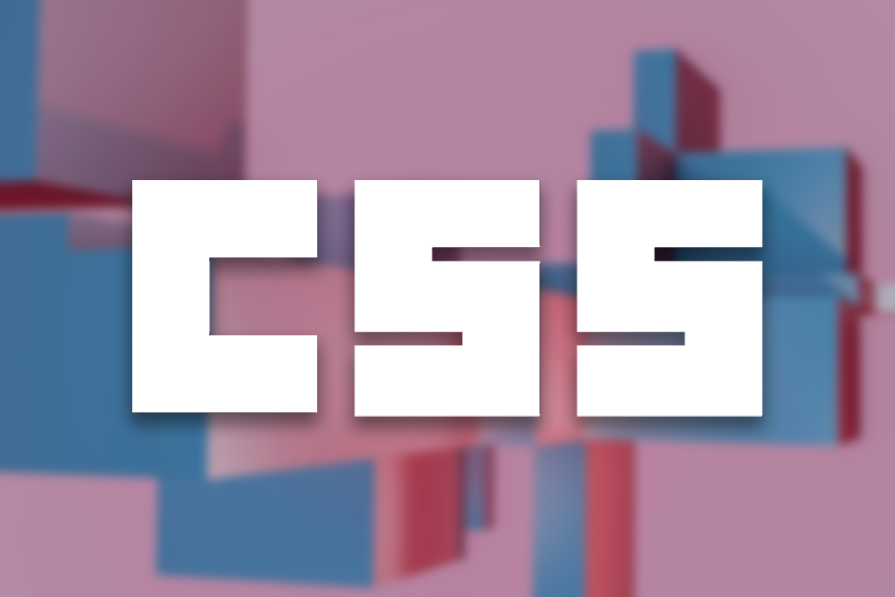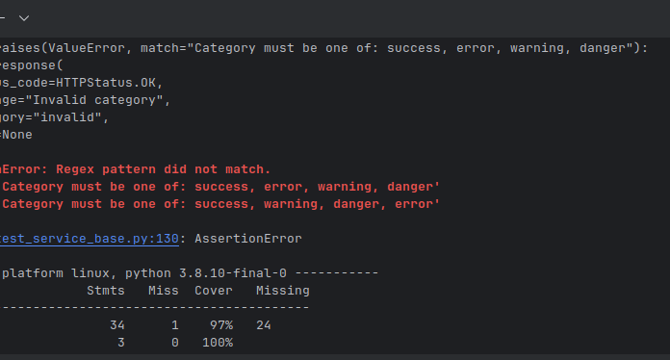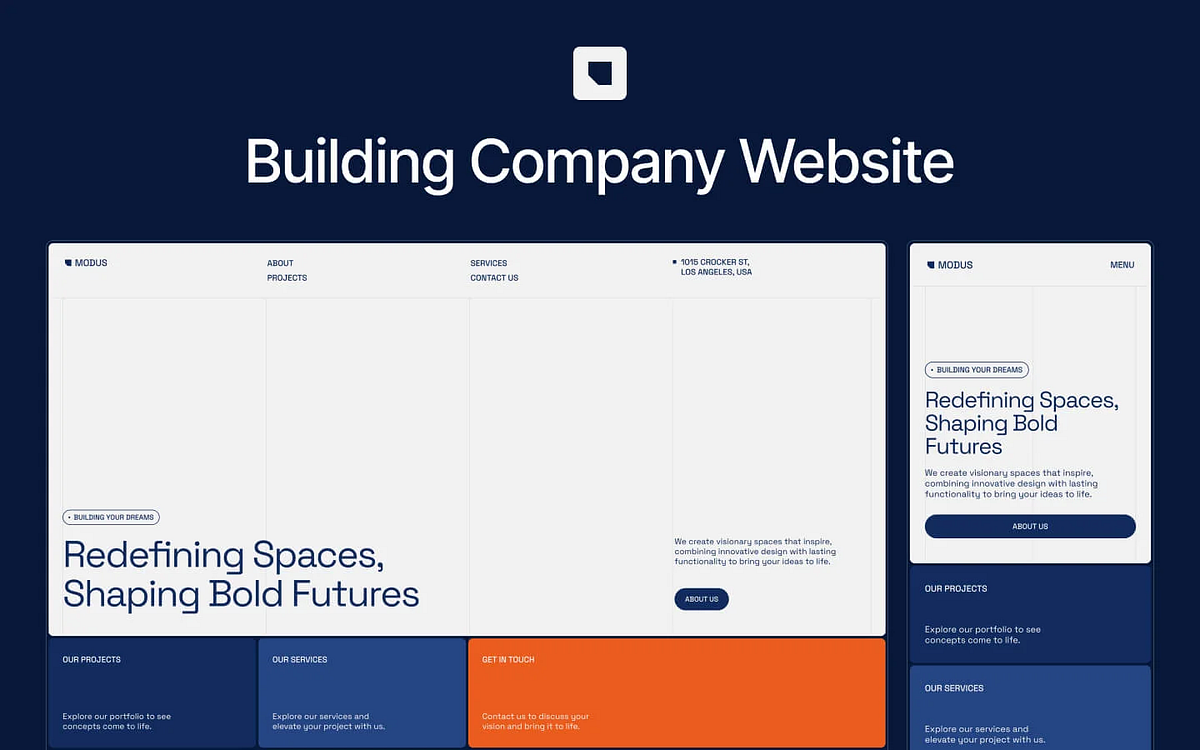Programming News
Medium
431

Image Credit: Medium
It’s Not a Mess, It’s a Toolbox: Making Sense of 700+ Programming Languages
- There are over 700 programming languages, including popular ones like Python, Java, JavaScript, C++, as well as lesser-known ones such as Rust, Go, and Swift.
- Initially, the abundance of programming languages may seem overwhelming and chaotic, leading to the question of why there are so many languages instead of just one perfect one.
- However, viewing the variety of programming languages as a toolbox rather than a mess can provide a new perspective.
- Each programming language serves a unique purpose, much like tools in a workshop used for specific tasks, emphasizing the importance and efficiency of having a diverse set of languages.
Read Full Article
25 Likes
Medium
228

Image Credit: Medium
Want Your iOS App to Show Live Updates on the Lock Screen? Here’s the Secret Sauce
- iOS 16.1 introduced Live Activities feature allowing apps to communicate real-time updates on the lock screen.
- Live Activities give apps a persistent presence on the lock screen without invasive notifications.
- This feature benefits various apps, not limited to specific industries such as Uber or Zomato.
- Live Activities enhance user experience by displaying real-time changes like countdowns or delivery statuses intuitively.
Read Full Article
13 Likes
Logrocket
224

Image Credit: Logrocket
Modern CSS carousels: No JavaScript required
- Creating sliders or carousels historically required JavaScript, but new CSS features now enable building CSS-only carousels with enhanced accessibility.
- The new CSS features include ::scroll-button() pseudo-element for interactive scroll buttons, ::scroll-marker for visual markers, and :target-current pseudo-class for styling active scroll markers.
- The ::scroll-button() allows creating scroll buttons for different directions within a scroll container and can be styled freely.
- The ::scroll-marker pseudo-element represents markers tied to scrollable items and can be styled to create thumbnails or tabs for carousels.
- Combining these features enables building a CSS-only carousel with scroll container setup, scroll buttons for navigation, and markers for visual indication.
- Accessibility is inherently built into features like scroll buttons and markers, reducing the need for manual accessibility implementations.
- Browser compatibility for features like ::scroll-button() and ::scroll-marker is limited to Chrome 135+ and Edge 135+ but is expected to expand.
- These CSS features showcase the advancements in native styling, offering alternatives to traditional JavaScript-based carousels.
Read Full Article
13 Likes
Dev
189

Image Credit: Dev
🔐 NookChat – A One-Time Encrypted, Anonymous Chat App (No Login Required)
- NookChat is a one-time encrypted, anonymous chat app designed for private conversations without the need for login or registration.
- Key features of NookChat include AES-256 end-to-end encryption, no authentication required, ephemeral messaging, emoji picker, image/file upload, custom sound notifications, and more.
- Tech stack used for NookChat includes Frontend: Next.js + Tailwind CSS, Backend: Node.js, Express, Socket.IO, Encryption: AES-256 with CryptoJS, Hosting: Vercel, and more.
- NookChat focuses on simplicity and privacy, offering a fast and ephemeral messaging experience without sign-ups or third-party logins for one-time conversations.
Read Full Article
11 Likes
Discover more
- Software News
- Web Design
- Devops News
- Open Source News
- Databases
- Cloud News
- Product Management News
- Operating Systems News
- Agile Methodology News
- Computer Engineering
- Startup News
- Cryptocurrency News
- Technology News
- Blockchain News
- Data Science News
- AR News
- Apple News
- Cyber Security News
- Leadership News
- Gaming News
- Automobiles News
Medium
30

High Concurrency System Architecture Design
- High concurrency is a challenge for large internet systems as it leads to increased resource consumption, potentially causing system crashes.
- High concurrency system architecture focuses on meeting users' demands for increased computational resources to handle simultaneous access.
- Two main solutions for enhancing computational resources are vertical scaling, which improves a single server's processing power, and horizontal scaling, which involves using multiple servers in a distributed cluster.
- Horizontal scaling is preferred in most large internet systems today due to its better elasticity and ability to handle varying user loads by adding servers as needed.
Read Full Article
1 Like
Medium
409

Image Credit: Medium
Why Your Python Test Regex Isn’t Matching. The Hidden Gotcha with Sets
- The issue with Python regex not matching can be due to the unordered nature of sets in Python.
- The unordered nature of sets causes the order of items to not be guaranteed when joined into a string for comparison, leading to test failures.
- To resolve this issue, it is suggested to sort the set before joining to ensure a predictable order for comparison.
- Sorting the set ensures that the order of elements will be consistent, allowing for accurate matching in tests.
Read Full Article
24 Likes
Medium
431

Image Credit: Medium
The Go-To WordPress Template for Modern Architects
- The first impression clients get of an architecture firm is its website, not the pitch or portfolio.
- Most architecture firms are still using outdated websites that do not reflect modern design principles.
- Having a well-designed website is crucial for showcasing an architecture firm's work and attracting clients.
- MODUS offers a design template that enables architecture firms to have a modern, elegant website without the need for extensive coding.
Read Full Article
25 Likes
Medium
171

Image Credit: Medium
Version Control for Chaos Coders: Why Git Is Basically Your Code’s Therapist.
- Version control, especially Git, is crucial for developers as it acts as a safety net, accountability partner, and therapist for their code.
- It allows developers to track changes, undo mistakes, and work collaboratively, even when offline or working solo.
- Git helps rewind time, manage different code branches, and provides insights into changes made, acting as a code historian and bodyguard.
- In team projects, Git prevents chaos by enabling seamless collaboration, branch management, and smooth merging processes.
- Common Git mistakes include vague commit messages, not pulling before pushing, and accidentally exposing sensitive information in repositories.
- Tools like GitHub and GitKraken make version control more accessible and user-friendly for developers, with visual representations and streamlined workflows.
- Integrating Git with editors like VS Code allows developers to handle version control actions within their familiar coding environment.
- Git empowers developers to experiment, collaborate effectively, and build confidently by offering a safety net and full history of code changes.
- Version control with Git is not limited to large tech teams but is beneficial for any coder who values precision and chaos management in their projects.
- Utilizing Git in coding endeavors ensures a structured approach, error recovery, and enhanced collaboration, making it an essential tool for developers.
Read Full Article
10 Likes
Dev
17

Image Credit: Dev
7 is the perfect number
- The individual recalls starting on DEV around August 2018 after completing a coding bootcamp with a friend's help.
- Their first technical post in English marked the beginning of their journey in technical writing.
- The desire to write consistently emerged in January 2020, with two posts that month, but was interrupted by the events of the year.
- After resuming writing in June due to lockdown, they maintained a mostly weekly posting schedule, sharing their experiences and learning, including their participation in the World's Largest Hackathon of Bolt(dot)new.
Read Full Article
1 Like
Dev
352

Image Credit: Dev
This Week In React #237: RSC, TanStack, Storybook | Legacy Arch, Hermes N-API | TC39, Import Maps, Vite, Vitest...
- React community has been active with multiple releases and updates, including RSC blog posts by Dan Abramov, Storybook integration with Vitest and Playwright, and the unveiling of plans to freeze the Legacy Architecture by the React Native team.
- The TC39 meeting saw progress on 3 proposals to stage 4, while Vite ecosystem made various announcements.
- Storybook 9 release offers new features such as interaction, accessibility, and visual tests, along with leaner installation and tag-based organization.
- Various updates from TanStack, including documentation migration, CVE fixes, and upcoming events like React Advanced London.
- Different articles by Dan Abramov cover topics like data streaming strategies, React data fetching patterns, and insights into RSC and bundlers.
- Exciting releases include Lingo Compiler for automatic translation, LiveStore for state management, and Base UI 1.0 Beta.
- Updates from React-Native include plans to freeze the Legacy Architecture, Hermes PR acceptance, and support for 120fps on iOS.
- Other developments include TC39 advances, resilient import maps, and updates on Vite, Vitest, and Babel.
Read Full Article
21 Likes
Dev
13

Image Credit: Dev
10 Cool CodePen Demos (May 2025)
- Mads Stoumann created a web component for colorful guitar chords with a link to an insightful article on its creation process.
- Lea Rosema's generative art piece uses SVG filters for glowing effects and animations for stroke-dashoffset, reminiscent of classic games.
- Temani Afif shared a cool HTML/CSS trick for styling broken images creatively using ::before and ::after pseudo-elements.
- Amit showcased a smooth animation of a polygon changing its sides using the shape() function, offering new creative possibilities with Chrome support.
Read Full Article
Like
Dev
317

Image Credit: Dev
🌊 Master Gitflow Branching Strategy — Step-by-Step Guide with Hands-on HTML Project
- Gitflow is a branching strategy for structuring development around new features, release preparation, and hotfixes.
- Hands-on Gitflow on Ubuntu EC2 involved building a feature 'Add to Cart Animation' in a simple HTML project.
- The step-by-step Gitflow branching process included initializing Git, creating branches, adding features, and merging.
- Gitflow provides a structured process for teams to isolate features, releases, and hotfixes, making CI/CD pipelines more manageable.
Read Full Article
19 Likes
Medium
1.7k
Image Credit: Medium
♂️ Not Every Great Software Needs to Be “Active” — And That’s Okay
- GitHub often emphasizes the 'activity' of a project, but not all software needs constant updates.
- Software that works well and doesn't require changes can be labeled as 'inactive,' leading to misconceptions.
- The focus on activity doesn't always reflect the quality of the software; sometimes stability is more important.
- Instead of constantly changing software, the focus should be on maturity, stability, and thoughtful design.
Read Full Article
17 Likes
Dev
286

Image Credit: Dev
This Week In React #236 : Remix, TanStack, RSC | ExecuTorch, Screens, FlashList, Reanimated, Expo, EAS, Radon...
- Remix announced big news with Microsoft making it easier to try out TypeScript Go rewriting.
- React Native saw minor releases, with the App.js config starting soon.
- Remix v3 plan includes using Preact for a new framework, aiming to reimagine web frameworks.
- Articles cover topics like TanStack Router features, server and client component composition, React meta-frameworks, SolidJS, and more.
- Next.js 15 and React 19 developments, Docusaurus 3.8, Storybook 9.0, TanStack Query v5.77 updates were highlighted.
- React-Native updates include EAS Workflows, Expo changes, RN ExecuTorch 0.4.0, RN Screens 4.11, Radon IDE 1.7, Reanimated 4.0.0-beta.4.
- Microsoft announced TypeScript Go rewrite previews, msw creator's advice on testing, ESLint v9 retrospective, and more in the Other section.
- Firefox 139 introduced Temporal API support, JSPM 4.0 for import map package management, and Angular 20.0 updates in package management.
- Various articles covering JavaScript history, tool transitions, and browser updates were mentioned.
- Overall, the week in React brought significant developments and insights across frameworks, tools, and platforms.
- Subscribe to the newsletter for weekly updates and stay informed about the latest in the React ecosystem.
Read Full Article
17 Likes
Dev
8

Image Credit: Dev
🦸 Hero: WASM-Ready Hero Section Components
- Hero is a zero-to-hero crate for creating customizable hero sections in Rust's favorite WASM UI frameworks like Yew, Leptos, and Dioxus.
- It offers drop-in components for building landing pages, showcasing products, and enhancing Rust apps with minimal effort and high customization options.
- Hero is lightweight, responsive by default, theme-agnostic, and framework-agnostic, ensuring ease of use and flexibility in design.
- It provides seamless integration with Yew, Leptos, and Dioxus, allowing developers to create visually appealing hero sections with just a few lines of code.
- Developers can customize hero sections using various styling options such as Tailwind, inline styles, or CSS frameworks, making it versatile and adaptable to different design preferences.
- Each Hero component exposes props for content, styling, classes, and accessibility, empowering developers to have full control over the appearance and functionality of their hero sections.
- Key features of Hero include multiple layout variants, theming support, seamless integration with Rust frameworks, easy customization, and support for custom components like tabs and buttons.
- Hero aims to provide a powerful yet user-friendly solution for creating impressive first impressions on websites or applications, offering flexibility, responsiveness, and aesthetic appeal.
- The tool caters to different screen sizes, offers customization options, allows easy integration of content, provides styling freedom, and works seamlessly with various WASM frameworks.
- In conclusion, Hero is a valuable asset for frontend development in Rust, promising to enhance the look and feel of web projects while maintaining compatibility with different tech stacks and design preferences.
Read Full Article
Like
For uninterrupted reading, download the app